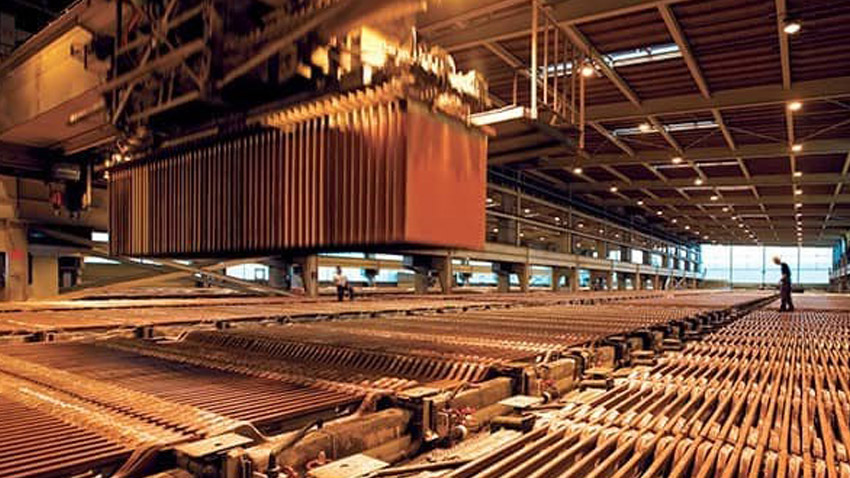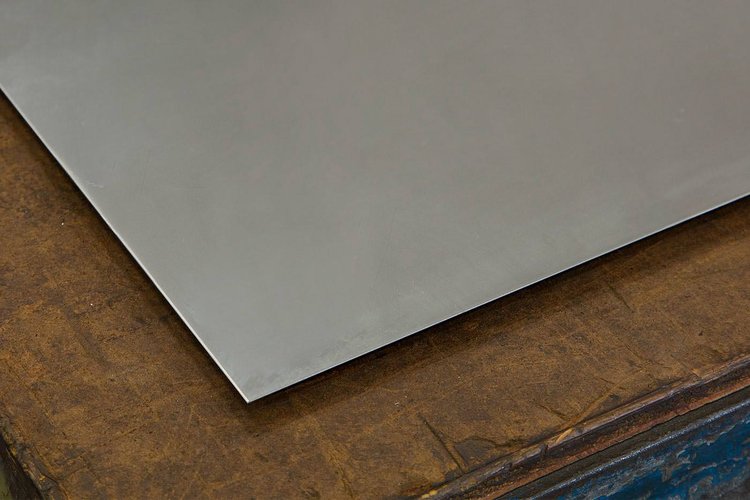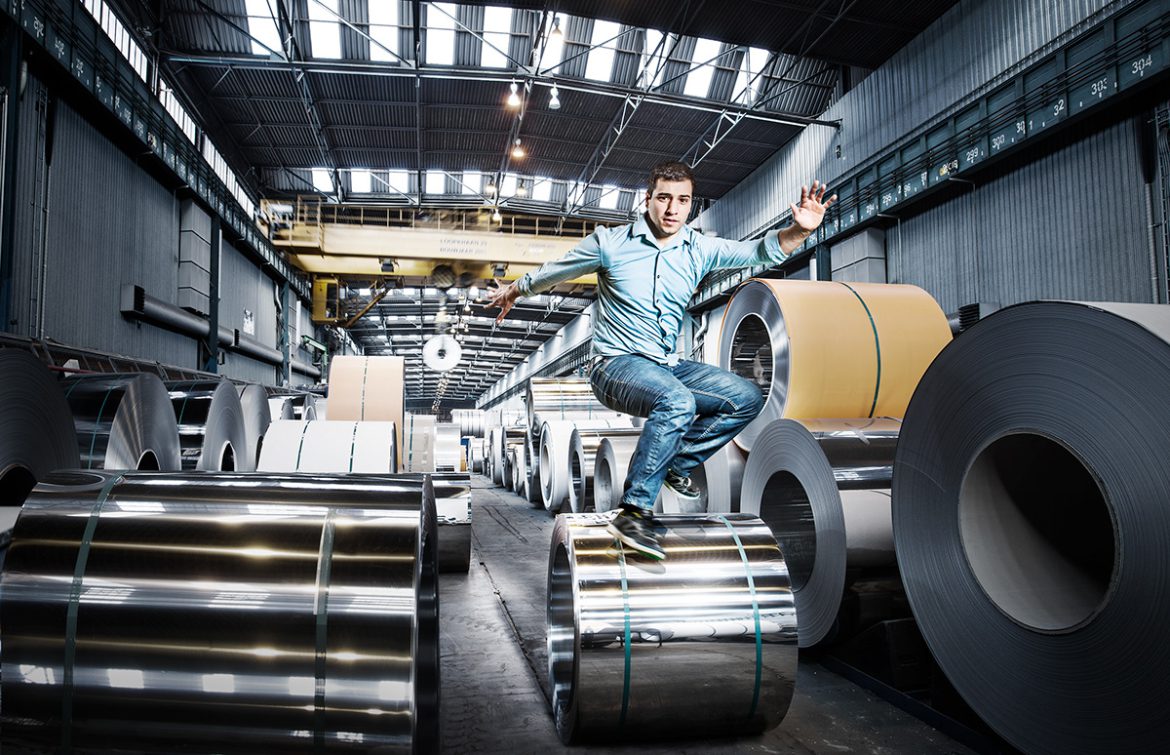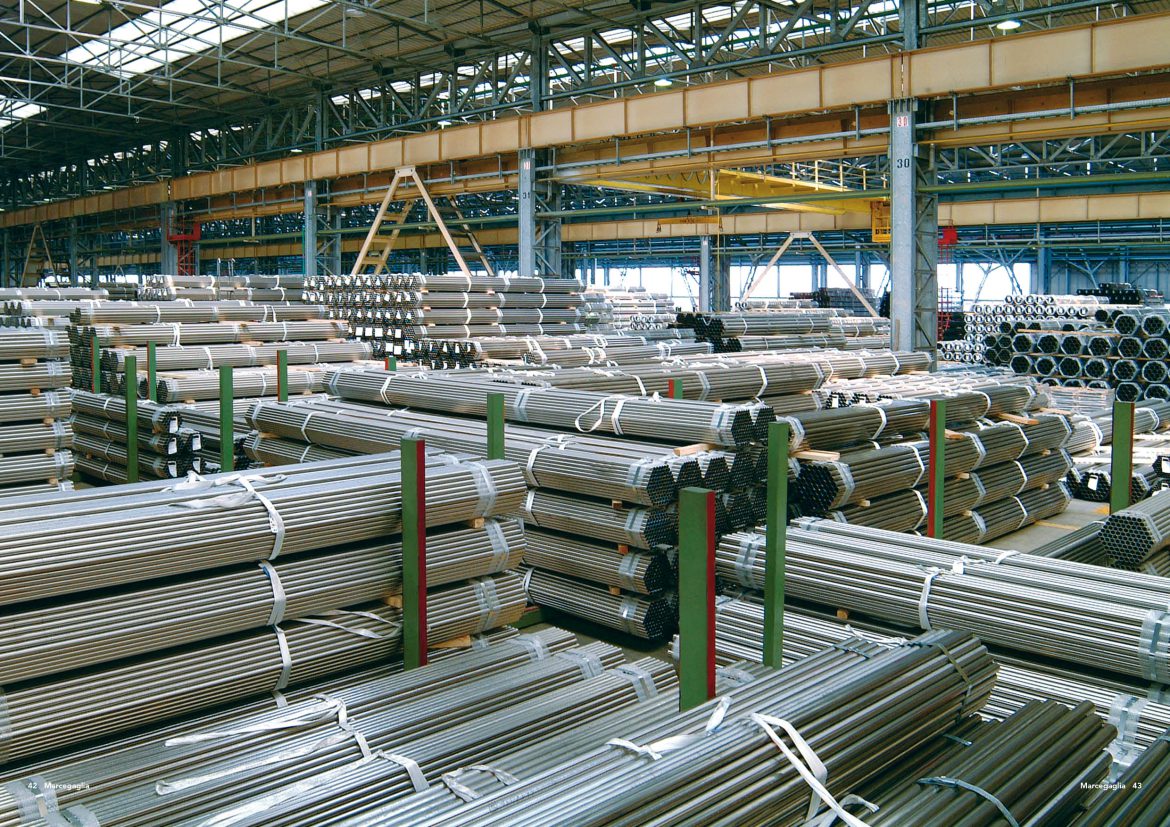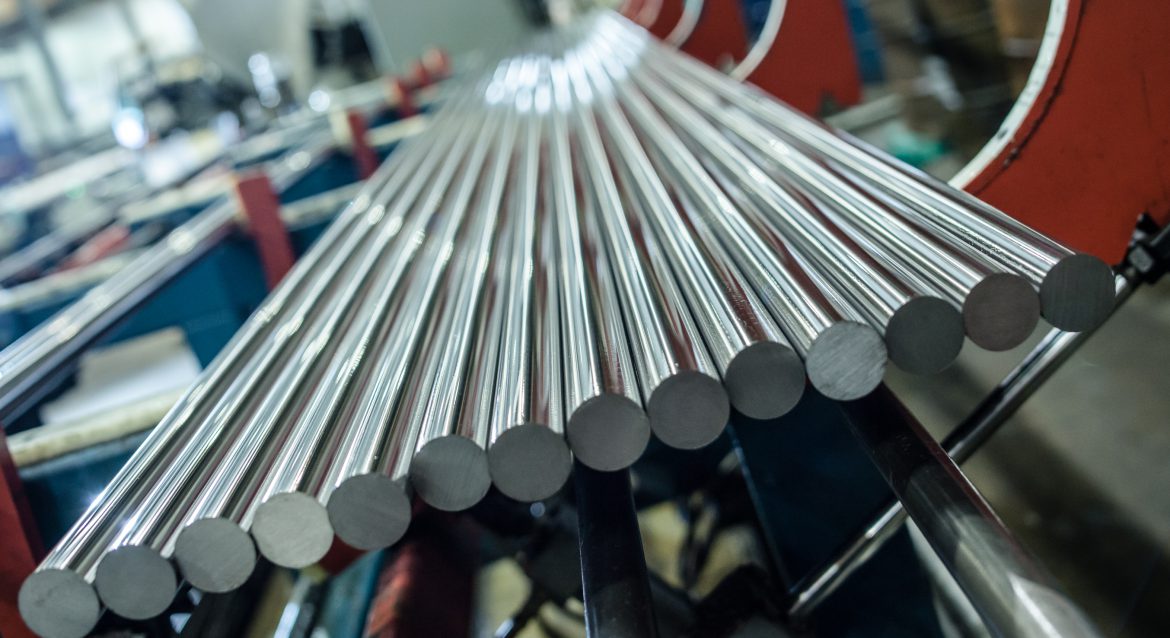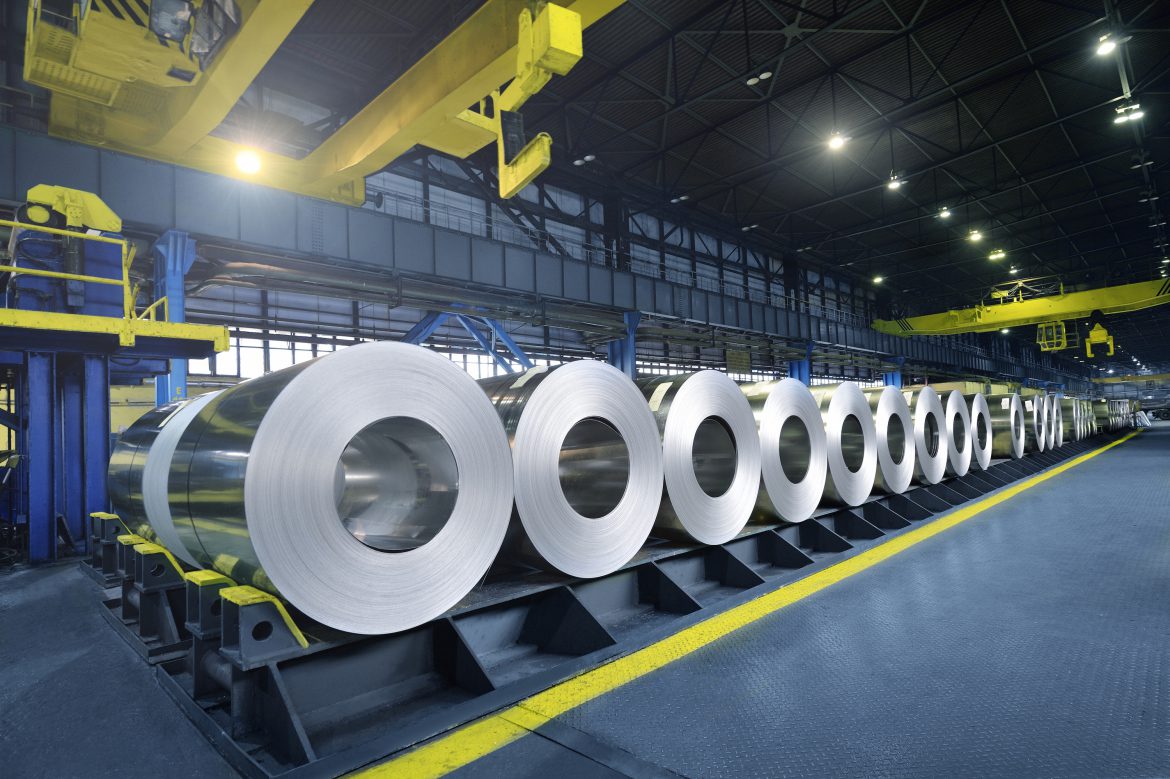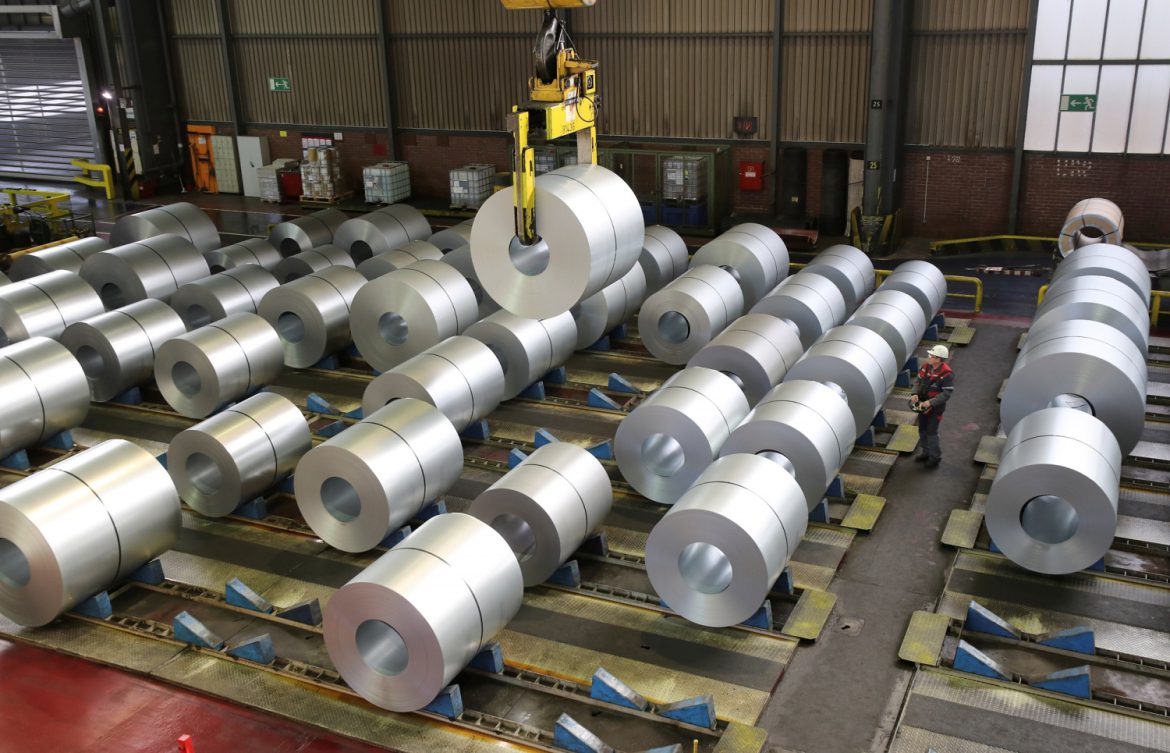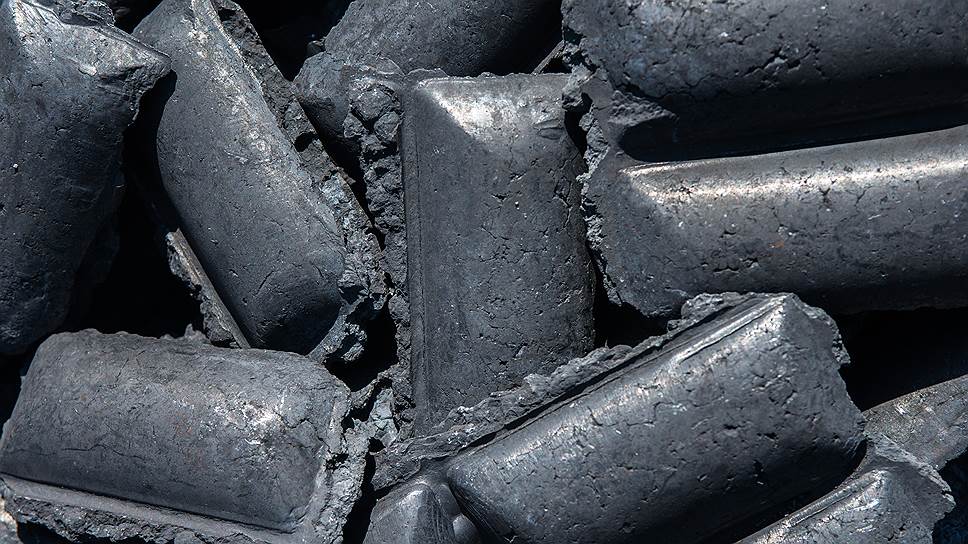The reduction of iron ore and the production of iron is carried out in two main ways, although there are other methods, including smelting reduction processes. These are two methods: blast furnace and direct reduction. The main differences between the two methods are in the raw materials used, the type of regenerator and the product produced. The blast furnace product is a smelt of raw iron and the product of various methods of direct reduction direct reduction iron direct reduced iron. Foamy cast iron are original solid pellets, which after restoration have acquired a porous and spongy structure. For more information on DRI, visit our website.
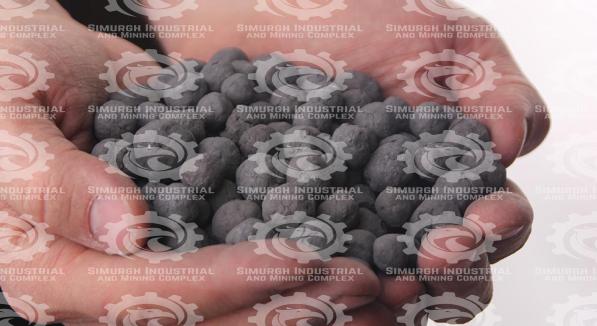
What is direct reduction iron?
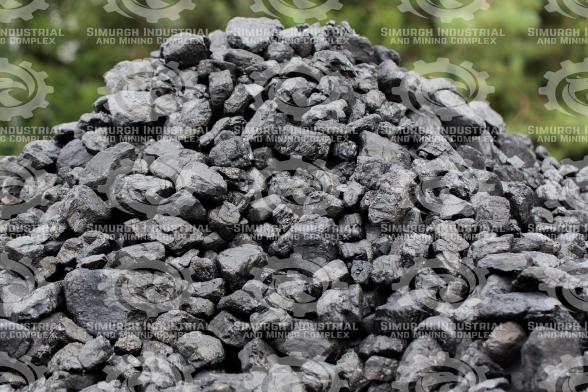 Direct reduction of iron methods are divided into two types: gas-based and coal-based. Gas-based direct reduction methods are based on the use of natural gas as a reducing agent. In these methods, natural gas is converted to reducing gases in gas production reactors and used in regenerative furnaces. In coal-based direct reduction, non-coking coals are also used as reducing agents. These coals are converted to reducing gas during the process. Gas processes are used to produce over 90% of sponge iron by direct reduction methods.
Direct reduction of iron methods are divided into two types: gas-based and coal-based. Gas-based direct reduction methods are based on the use of natural gas as a reducing agent. In these methods, natural gas is converted to reducing gases in gas production reactors and used in regenerative furnaces. In coal-based direct reduction, non-coking coals are also used as reducing agents. These coals are converted to reducing gas during the process. Gas processes are used to produce over 90% of sponge iron by direct reduction methods.
In the Midrex process, a shaft or kiln furnace is used to reduce solid and continuous iron oxide. Rechargeable materials, including pellets and iron oxide chunks, move downward from the top of the furnace and are regenerated by reducing gas (a mixture of hydrogen and carbon monoxide) flowing upward from the bottom of the furnace. The reduction of iron oxide occurs by reaction with H2 and CO. Reducing gas in the gas exchange reactor or reformers of the Midrex process by partially oxidizing natural gas (most of which is methane) in reaction with the off-gas from the reduction furnace (most of which is carbon dioxide and steam) and a nickel catalyst becomes present.
After the reduction of the iron oxide in contact with the reducing gas, the reduced material is reduced by passing through the cooling zone of the furnace and being cooled by the cooling gases. Finally, the sponge iron obtained at a temperature of less than 100 degrees Celsius and a metal content of about 92% is removed from the bottom of the furnace. The production of sponge iron, the production of reducing gas and the reduction of iron oxides by the Midrex process is carried out continuously. In this method, pellets and lumps of iron ore (hematite) are recovered with solid and continuous gases from gases resulting from the partial oxidation of natural gas in a shaft furnace. The reduction furnace is made in the form of a cylinder according to the Midrex method.
For this, the raw materials are transferred to the top of the furnace and discharged into a funnel-shaped chamber. In this tank, on the way of transferring raw materials to the furnace, a neutral gas is constantly flowing, which prevents the toxic and combustible reducing gas from escaping from the furnace to the outside. The midrex unit includes equipment for transferring load to the regenerative furnace, equipment for unloading sponge iron from the regenerative furnace, equipment for the regenerative furnace, equipment for producing regenerative gas, and other auxiliary equipment, which are described below. For more information on direct reduction iron price visit our website.
Global demand for direct reduction iron
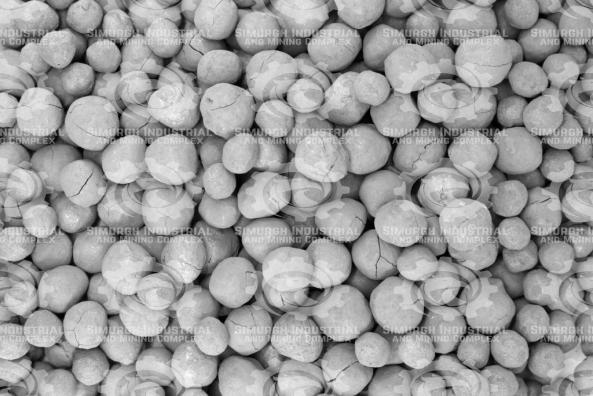 Global demand for direct reduction iron has increased because the various uses of this product have increased the sales of this product, which also has an affordable price, so you can For more information about direct reduction iron supply, visit our site.
Global demand for direct reduction iron has increased because the various uses of this product have increased the sales of this product, which also has an affordable price, so you can For more information about direct reduction iron supply, visit our site.
You can contact us to buy and sell this product:
Sales consultant: Ms. Leila Nematzadeh
Ways of communication: Phone number: 02147623014
Phone number: 02147623014
 Phone number: 04133660491
Phone number: 04133660491
 Phone number: 09120169267
Phone number: 09120169267
 WhatsApp Response (Skype): click
WhatsApp Response (Skype): click
 Instagram: simurgh_steel_company@
Instagram: simurgh_steel_company@
 email: info@simurghsteelco.com
email: info@simurghsteelco.com
 email: ironore110@gmail.com
email: ironore110@gmail.com
 Facebook: ironore110@
Facebook: ironore110@
 LinkedIn: simurgh-iron-and-steel-company-a68295180@
LinkedIn: simurgh-iron-and-steel-company-a68295180@
 twitter: CoSimurgh@
twitter: CoSimurgh@
